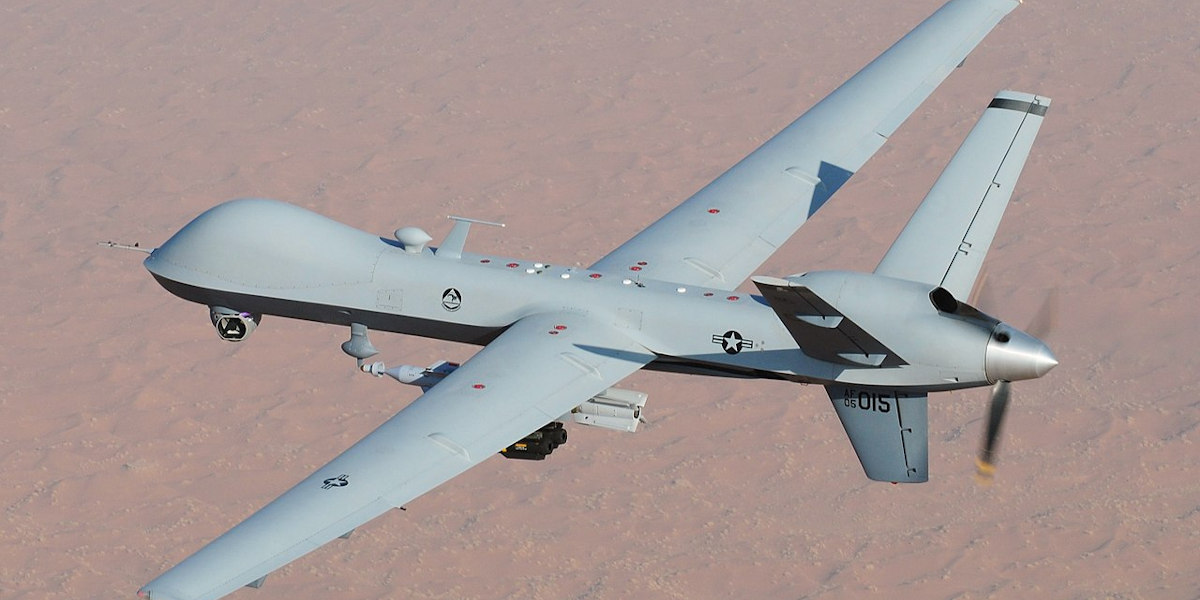On 31 January, a suicide attack in a mosque in Pakistan’s north-western city of Peshawar killed more than 100 people. Initially, the Pakistani Taliban claimed responsibility, only to later distance itself from the attack. The impact of the blast destroyed the wall of the prayer hall and the mosque’s inner roof. Bodies, dead and alive, and scattered limbs, including a severed head, were buried under the rubble, as rescue workers tried to save as many lives as they could.
What bomb blasts do to the human body is terrifying, especially when they explode in confined spaces such as buildings or large vehicles. For those who repeatedly endure bombings, the terror – and trauma – is ever more intense. In Pakistan’s north-western territories, home primarily to ethnic Pashtuns, colonialism and a post-colonial era under a military-dominated state has repeatedly rendered peoples’ lives expendable, captured most cruelly through urban bombings.
A colonial present
The British were the first to start bombings in the region. From the 1910s, colonial territories and bodies were used as sites of experimental aerial warfare. Winston Churchill drove forward the bombing of Afghanistan and bordering areas in colonial India (today’s Khyber Pakhtunkhwa in Pakistan). The British constructed the region as one blurred tribal, Afghan/Pashtun belt, racialising its inhabitants in ways that Pakistan continued after independence in 1947, as would the US in the ‘war on terror’ and invasion of Afghanistan.
The post-2001 war in Afghanistan brought further violence to people in the region. Ground-based military campaigns, US-led drone strikes and militant violence have killed at least 67,000 people, largely in Khyber Pakhtunkhwa. In Afghanistan, the numbers are much higher. At least 176,000 people, mainly civilians, have been killed – not counting those killed in the Soviet Afghan war (1979-1989) and civil war in the 1990s.
Pakistan bears responsibility for the conflicts within its borders and in Afghanistan. It is known to sponsor Taliban factions in both locations. After the Taliban recaptured Afghanistan in 2021, Pakistan was one of only three countries to recognise the Taliban government. Anti-imperialist thinker Anila Daulatzai calls for Pakistan’s political left to push for reparations for Afghans in light of its interventions there. Within Pakistan, since 2018, the grassroots Pashtun Tahafuz Movement has been demanding justice against military violence and its role in perpetuating conflict. Powerfully they ask, ‘Da Tsanga Azadi Da?’ – ‘What type of freedom is this?’
A collective trauma
In the west, much has been written about trauma following combat and aerial bombardment and the witnessing of physical dismemberment, from World War I soldiers suffering from ‘shell shock’ and the diaries of Berlin’s and London’s residents living under bombs in World War II, to the Vietnam War, which brought the term post-traumatic stress disorder (PTSD) into common parlance, and the trauma of survivors of terrorist bombings in Europe. Yet we seldom hear about the individual and collective trauma that the peoples and survivors of empire – past and present – are subject to through sustained bombings that are accompanied with other forms of violence – structural and somatic.
Writing on the Lebanese civil war (1975-1990), medical anthropologist Lamia Mognieh notes a problem with how ‘trauma’ is understood in contexts of war and conflict. Mognieh says today ‘trauma’ is rooted in an understanding of conflict as a singular event, a moment of ‘rupture’ from normal activities, suffered by the individual. But this ‘western liberal humanitarianism’, as Mognieh calls it, is not sufficient in capturing suffering in contexts where violence is ‘everyday’. The anti-colonial revolutionary psychiatrist Frantz Fanon, of course, most famously told us colonialism was a structure of violence that permeated every aspect of life.
As is the case elsewhere, from Gaza to Kunduz to Mogadishu, in Peshawar, bombings and their aftermath offer a terrible way to understand the collective, all-encompassing nature of violence where a colonial present and/or its imprints remain. Take out a map of Peshawar and you’ll be putting pins everywhere: a school here, a mosque there, a bazar here, a police station there.
Forced witness
These bombings also force many different people to be a part of them, forcing them to witness and/or experience the dismemberment of the body and/or death and live with its effects.
The first unwilling participants are the dead and the survivors. Survivors live with their bodies permanently changed. Dead bodies are also horribly disfigured – so much so that they cannot be placed in the usual white funeral shroud of Muslim burial practice and placed directly in the ground and instead are placed in wooden coffins. Coffin makers, then, are also forced witnesses.
Next are the rescue workers who are tasked with recovering bodies. In neighbouring Afghanistan, journalist Maija Liuhto’s powerful and terrible report shows how most frontline responders were likely suffering PTSD because of the types of bodily disfigurement they saw, touched and smelt.
‘Da Tsanga Azadi Da?’ – ‘What type of freedom is this?’
There are the family members too, supporting the survivors. In a 2009 blast in Peshawar, in which women and children ‘were burning’, one family lost 18 members. I met a survivor of that blast, an older man, and his son. As we spoke, the father lifted up his kameez (shirt), uncovering a scar that went from his collarbone beyond his belly button, the rest trailing off underneath his shalwar (trousers). His son told me: ‘He’s never been the same, mentally, since that day.’ Witnessing bodies, including his own, being ‘unmade’ unmade his own mind.
The list goes on of all those unwilling survivors and witnesses of bombings in Peshawar: from local police forces, picking up scraps of bodies – a face or a finger – to identify the assailant, to hospital staff, such as those in Peshawar’s ‘field hospital’ Lady Reading, to waged labourers responsible for cleaning, washing the blood and body parts off remaining walls, floors and street surfaces. When a people’s history of the region is written, those cleaners will be remembered, not just for making the city grand but for hiding its horrors.
Today, as violence reappears in Peshawar, many hold their breath, worried and waiting, for another cycle of their collective witness and pain to begin.










